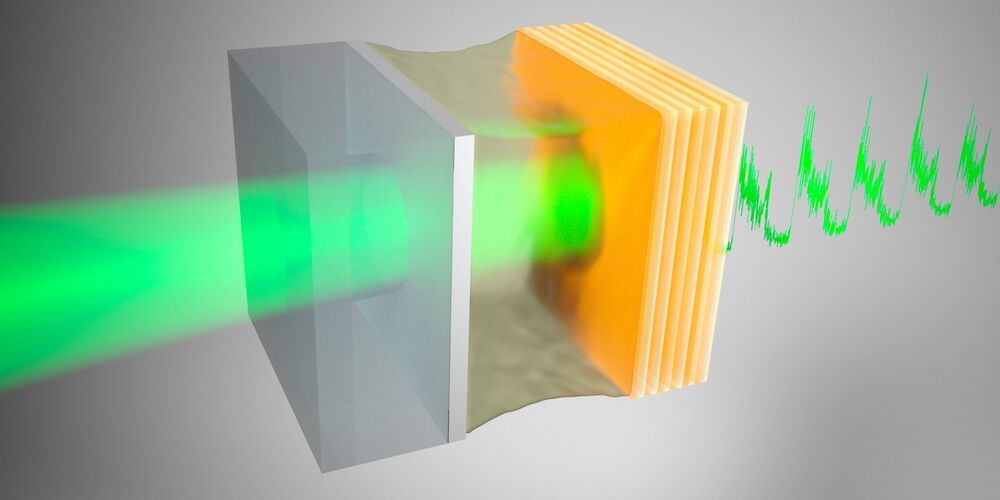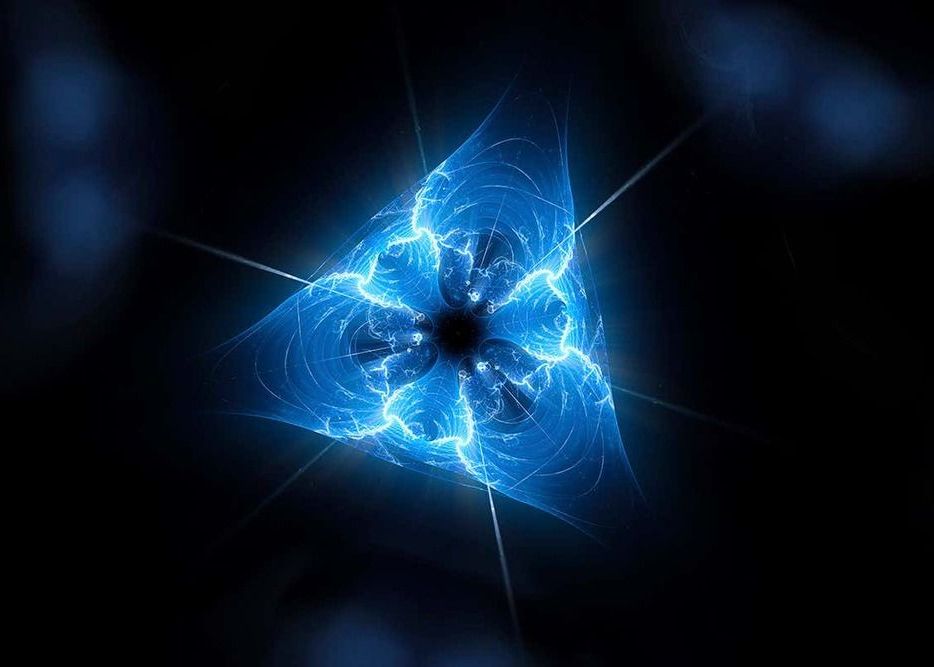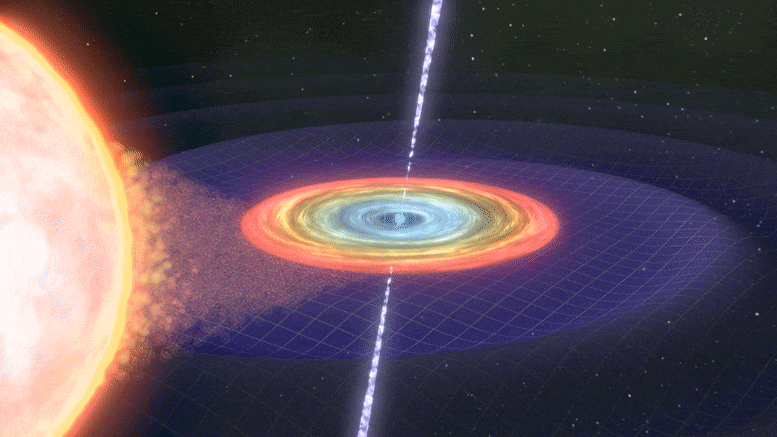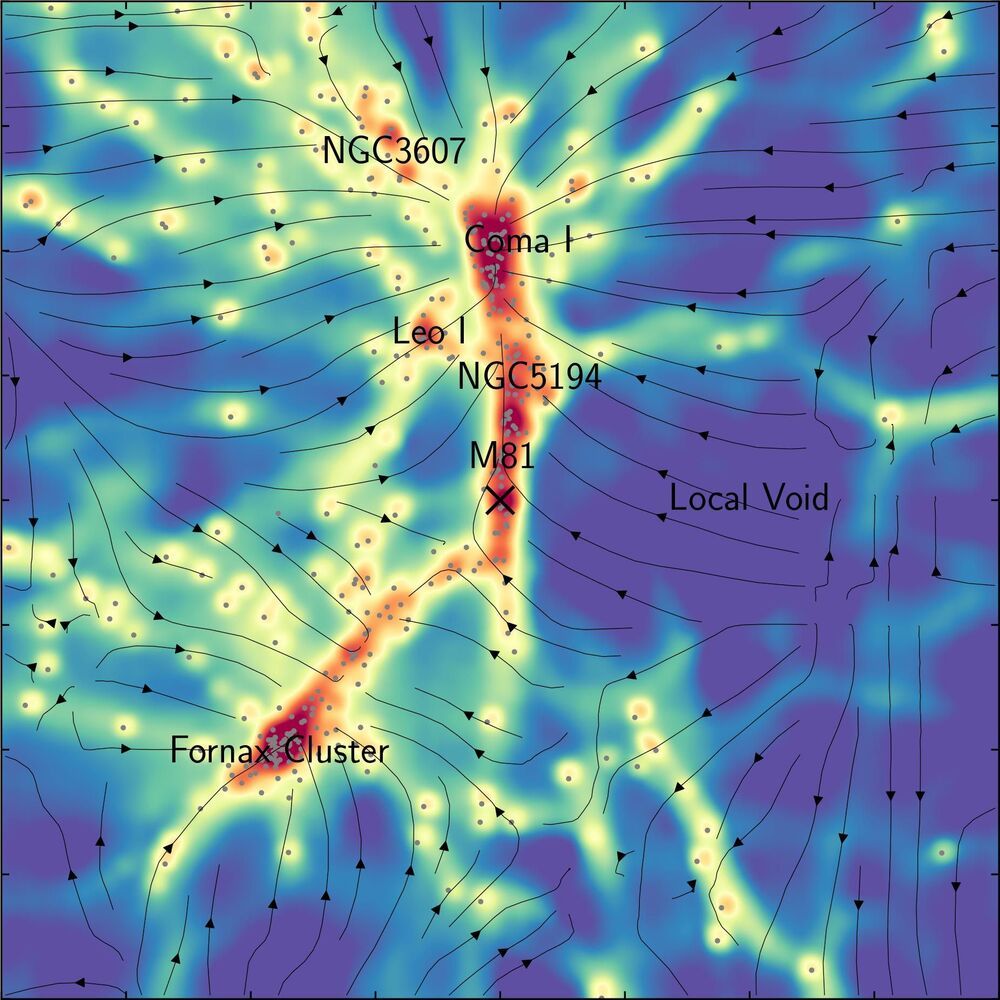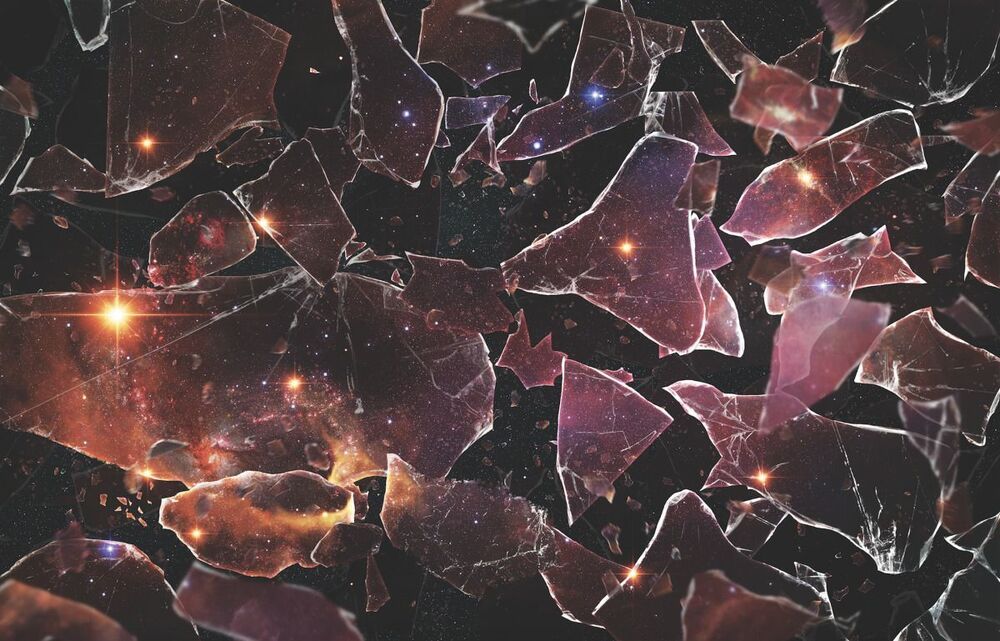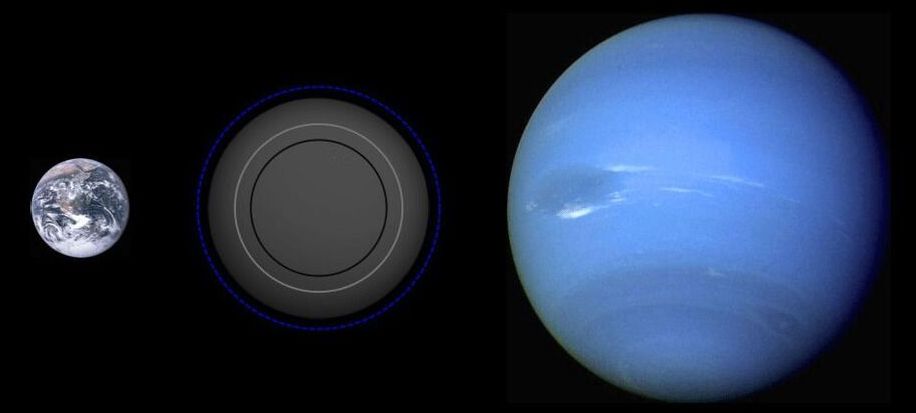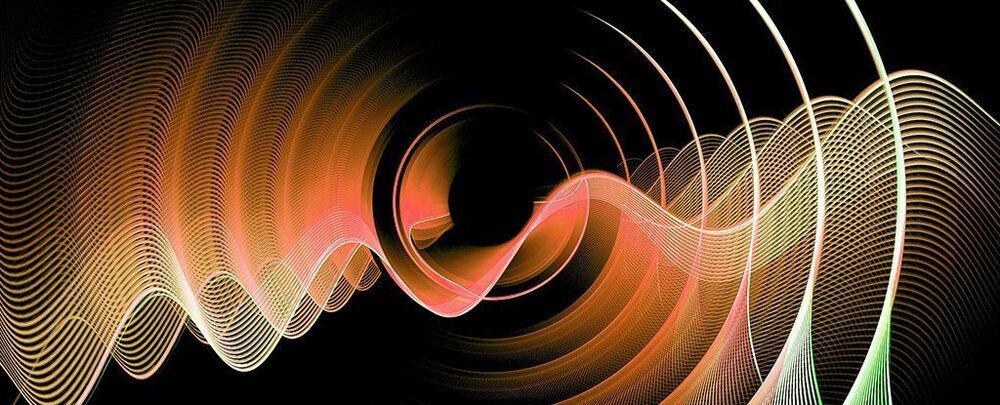Everything is weird on the Sun, where things are not where you’d expect.
This spike in temperature, despite the increased distance from the Sun’s main energy source, has been observed in most stars and represents a fundamental puzzle that astrophysicists have mulled over for decades.
In 1942, the Swedish scientist Hannes Alfvén proposed an explanation. He theorized that magnetized waves of plasma could carry huge amounts of energy along the Sun’s magnetic field from its interior to the corona, bypassing the photosphere before exploding with heat in the Sun’s upper atmosphere.
The theory had been tentatively accepted — but we still needed proof, in the form of empirical observation, that these waves existed. Our recent study has finally achieved this, validating Alfvén’s 80-year-old theory and taking us a step closer to harnessing this high-energy phenomenon here on Earth.
